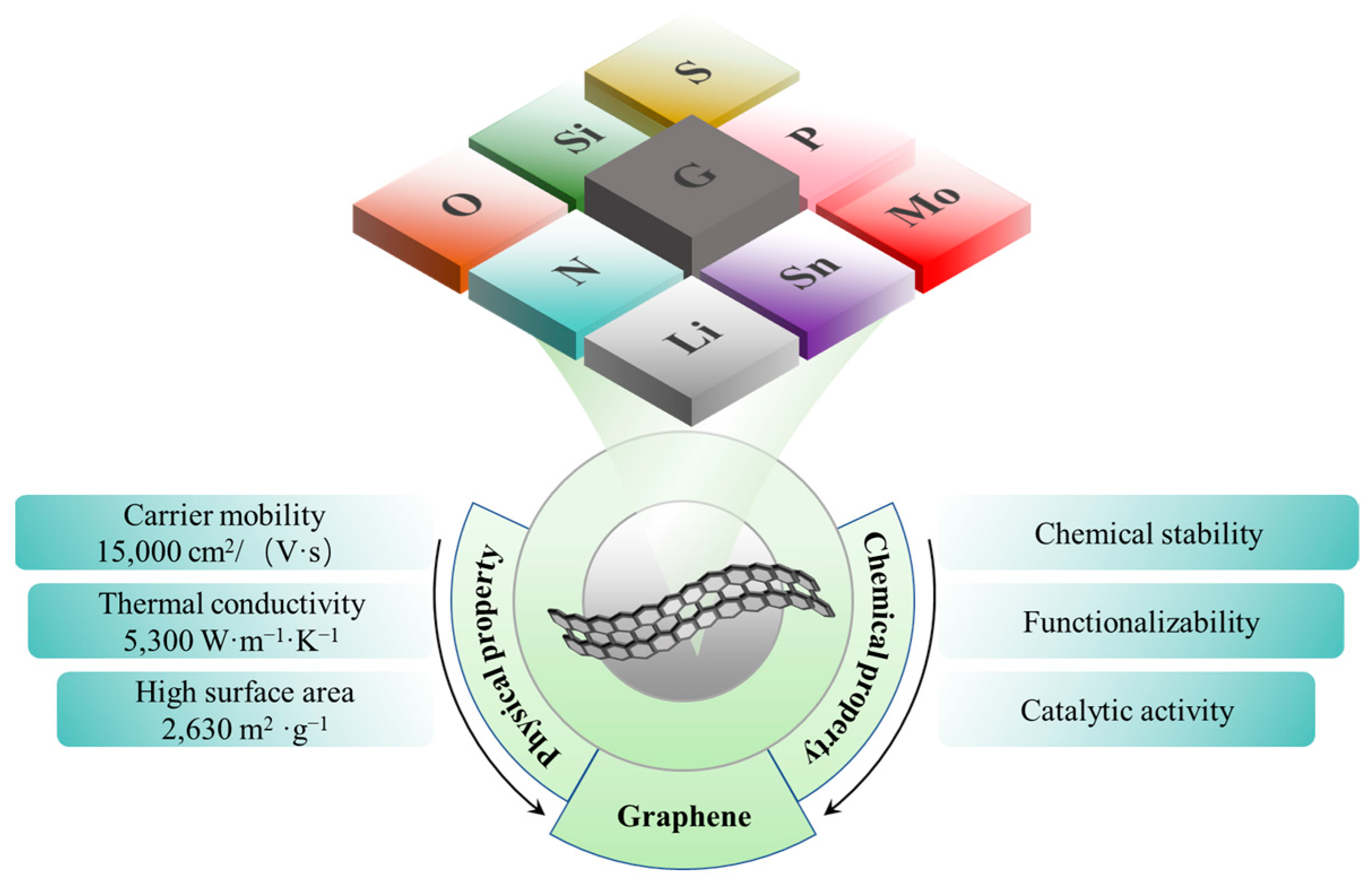
Pristine graphene, sometimes referred to as a “wonder material,” has remarkable potential to support sustainable technological advancements. Its combination of strength, low weight, and exceptional conductivity positions it as a valuable tool for addressing various environmental challenges. The following five examples highlight how pristine graphene can support the transition to a greener future.
Advanced Water Filtration
Access to clean water remains a persistent issue in many parts of the world. Pristine graphene’s precise and uniform structure makes it a highly effective filtration material. Its microscopic pores allow water molecules to pass while blocking salts and harmful contaminants. This attribute enables efficient desalination, providing a practical solution for regions affected by freshwater scarcity. The use of graphene in filtration promises not only to improve water quality but to help secure a sustainable supply for communities in need.
Improved Renewable Energy Storage
The reliability of renewable energy sources such as wind and solar depends heavily on effective storage solutions. Pristine graphene has contributed to significant advancements in batteries and supercapacitors, largely due to its high electrical conductivity. This property enables faster charging times and increased battery life, supporting more consistent use of renewable energy. Notably, Nobel laureate Sir Andre Geim has conducted extensive research into how graphene can enhance energy storage technologies, highlighting its growing impact in this field.
Lightweight and Robust Transportation Materials
Transportation contributes substantially to global carbon emissions. Integrating pristine graphene into manufacturing processes allows for the production of vehicle components that are both lightweight and durable. Lighter vehicles require less energy to operate, which leads to lower emissions and better fuel efficiency. This technology is particularly advantageous for electric vehicles, as reduced weight can increase driving range. Researchers are also exploring the use of graphene-based composites in aviation and marine applications, broadening the environmental benefits across different modes of transportation.
Efficient Thermal Management in Electronics
Many electronic devices generate significant heat, which can cause energy loss and hardware malfunctions. Pristine graphene’s high thermal conductivity makes it well-suited for dissipating excess heat in products such as smartphones, laptops, and data centers. By improving cooling mechanisms, graphene allows for the creation of more compact and energy-efficient devices. Enhanced durability and lower energy requirements further support reductions in environmental impact, while sustaining high performance and reliability.
Next-Generation Solar Panels
Advances in solar technology are essential for expanding renewable energy use. Incorporating pristine graphene into photovoltaic cells increases both light absorption and electrical conductivity. As a result, solar panels can produce more electricity, even under less favorable conditions. This development can help lower energy costs and make solar power more accessible, accelerating progress toward global sustainability goals. Graphene-enhanced panels also offer the potential for more scalable and efficient solar solutions.
Kjirstin Breure CEO of HydroGraph Clean Power, highlights the significant role innovation continues to play in sustainability initiatives. Kjirstin Breure focuses on developing and commercializing sustainable engineering solutions. Pristine graphene stands out as a versatile material capable of advancing solutions in water purification, energy storage, transportation, electronics, and renewable energy. Ongoing research and strategic investment are essential for unlocking its full promise and developing practical approaches that support a cleaner, more sustainable future.
